I have been leading process painting workshops since 2012. Almost one hundred different people have painted with me. (97 to be exact!) Some came just once, but many of you have returned again and again.
I appreciate all of you and the opportunity to be part of your painting process. I love watching when you take me up on the invitation to be big, be messy, have fun and break the rules. Watching those magical moments is a pleasure that never gets old. Thank you.
It is also a moving experience to be with someone when they are painting deep and complicated feelings. It is not easy, especially in a room full of other painters. If this is you, I am grateful for your trust and your willingness to be true to yourself.
And for those of you who have not yet attended a process painting workshop, thank you for your interest. It is nice to know that there are people that I have not even met who are curious about what I am doing and interested enough to read this far into the newsletter.
Happy Thanksgiving! I look forward to painting with all of you in 2016.
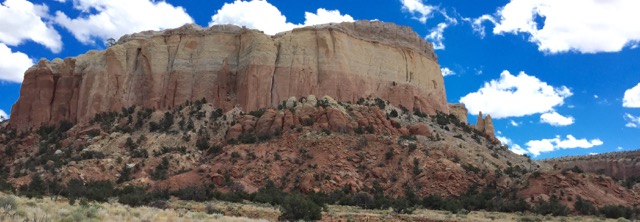
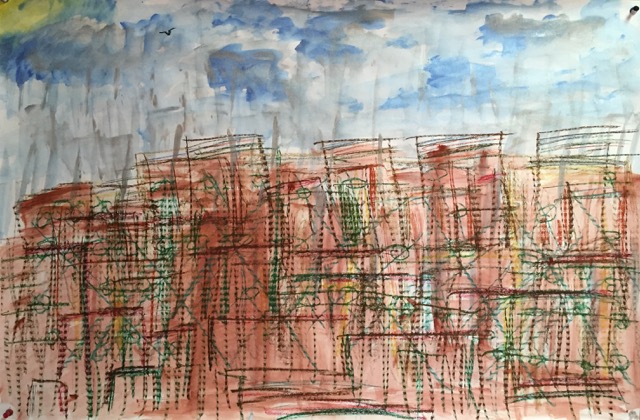
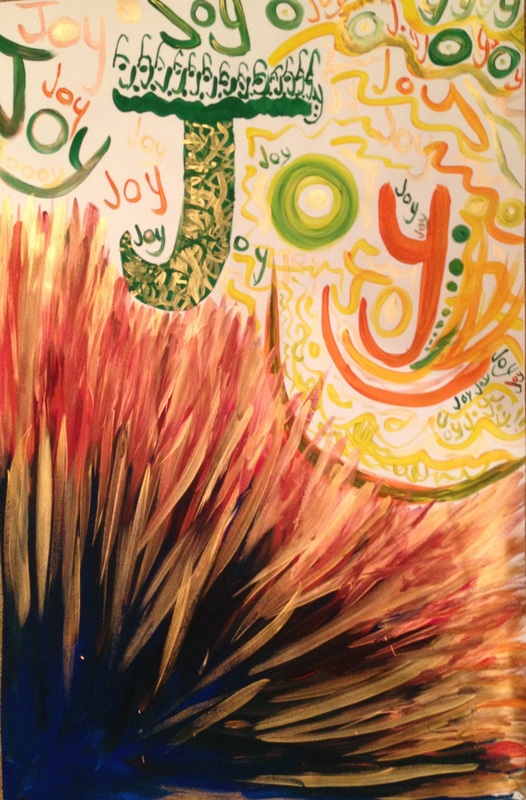
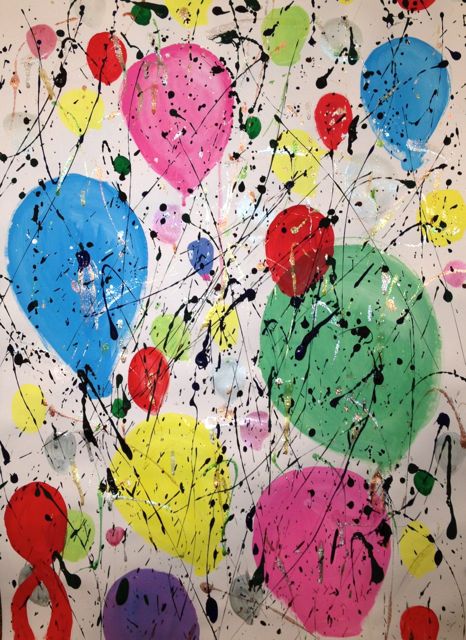

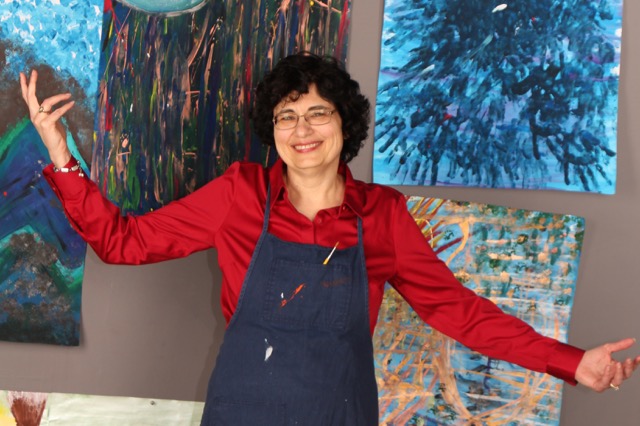
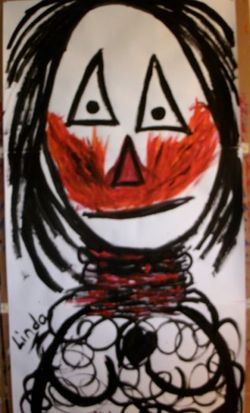
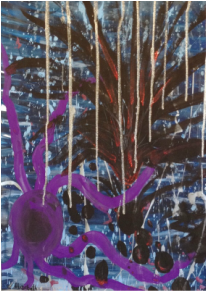
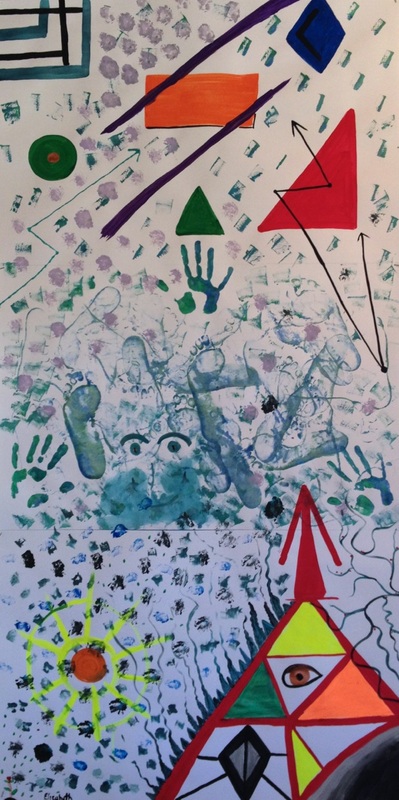

 RSS Feed
RSS Feed
